While there may be different analyses of these results in various media outlets, what new insights will they provide? The crucial issues in the context of these election results need to be highlighted, keeping in mind the developments and dynamics between 2018 and 2023.
The results of the November 2018 assembly elections in Madhya Pradesh, Rajasthan, Chhattisgarh, Telangana, and Mizoram were declared in December of that year. At that time, Congress had obtained a clear majority in Madhya Pradesh, Rajasthan, and Chhattisgarh, while Chandrashekhar Rao's 'Telangana Rashtra Samithi' secured power in Telangana, and the 'Mizo National Front' in Mizoram. It was widely speculated that the BJP-led government, under the leadership of Narendra Modi, would face tough challenges in the upcoming April 2019 Lok Sabha elections. Contrary to expectations, the BJP not only maintained its dominance but also secured a larger majority in 2019 compared to 2014, gaining control of the central government.
These five states completed their term in the legislative assemblies. In Madhya Pradesh, Jyotiraditya Scindia's entry into the BJP led to the overthrow of the Congress government by defection of 21 MLAs. Despite this setback, the governments and their chief ministers in all four states continued for the full five years. Consequently, the elections for these five states were announced in November 2023, revealing victories for the BJP in Rajasthan, Madhya Pradesh, and Chhattisgarh, the results were declared on December 3. Congress came to power in Telangana, while Mizoram witnessed the rise of the 'Zoram People's Movement'. This scenario is noteworthy because the public sentiment in the 2018 assembly elections in these states was completely overturned in the subsequent Lok Sabha elections held within five months. This highlights the complex factors influencing state election outcomes and their impact on national politics.
Now, the results of the legislative assembly elections in these five states have been announced, creating a buzz for the past few weeks. Initial analyses have been conducted over the first three to four days. The significance of such election result analyses lies in the fact that, while individuals with a political understanding may conduct analyses on small issues, generally about 90 percent of the issues are overshadowed. Such analyses may provide different perspectives depending on the information available to those conducting the analysis, the political bias of the analysts, or the detailed survey conducted by those overseeing the election process. Therefore, while there may be different analyses of these results in various media outlets, what new insights will they provide? The crucial issues in the context of these election results need to be highlighted, keeping in mind the developments and dynamics between 2018 and 2023.
Firstly, let's look at Madhya Pradesh. In this state, Congress came to power in 2018, and Kamal Nath became the Chief Minister. However, after just two years and four months, Jyotiraditya Scindia switched sides, bringing 21 Congress MLAs with him to the BJP. As a result, Congress lost power, and Shivraj Singh Chouhan of the BJP once again became the Chief Minister. The BJP, through political maneuvers such as strategic tactics, managed to regain power, leading to dissatisfaction among the public. But that wasn’t the case. This dissatisfaction is not evident immediately after the 2023 election results. However, upon closer scrutiny, a few reasons become apparent. Firstly, the return of 21 MLAs who had defected back to contest the elections (meaning they were not disqualified due to insufficient resignation formalities) led to less resentment from the public (the term 'defectors' is often less harshly perceived by voters). Secondly, in the 230-member Madhya Pradesh Legislative Assembly elections of 2018, Congress had won 114 seats, while the BJP secured 109 seats, meaning Congress fell short of two seats for an absolute majority. The BJP, on the other hand, was just seven seats away from a majority, so the BJP did not have a mandate per se. The third reason is that under Shivraj Singh Chouhan's leadership, the BJP worked more aggressively after coming to power, and in the following years, they undertook development projects that were perceived positively outside of Madhya Pradesh leading to a significant reduction in public anger. While dissatisfaction may not be apparent to those outside the state, those on the ground in Madhya Pradesh view it differently. After losing the power, Kamal Nath continued to work for the Congress even after the election period. However, Kamal Nath's presence was felt during the election period when Shivraj Singh was present throughout the year. Kamal Nath subtly promoted soft Hindutva during this election period, whereas Shivraj Singh's Hindutva was more overt and forceful. Consequently, the public found Shivraj Singh more approachable. Besides, Kamal Nath made some tactical errors, such as manipulating ticket distributions during the election, which further damaged the Congress's chances. Yet, Shivraj Singh Chouhan was not declared the next Chief Minister by the BJP. This implies that Congress needed to be more cautious, and, moreover, it was the BJP that took the initiative. These factors, along with the BJP's win in 163 out of 230 seats, leaving only 66 seats for Congress, are remarkable figures. The BJP did not adopt any ethical means to win the election; instead, Congress continued with its failed strategy of negativity, leading to their defeat in Madhya Pradesh once again.
Now, the elections have taken place in the second-largest state, which is Rajasthan. There are a total of 199 seats in the legislative assembly there. In 2018, the Congress had secured 100 seats, indicating a not so significant majority. However, the BJP was far behind, winning 73 seats. Consequently, in the following five years, the BJP made efforts to form a government, as a result, in the next five years, the BJP's attempts to form a government by aligning with Sachin Pilot and overthrowing the Congress government led by Chief Minister Ashok Gehlot fell through. During this period, Sachin Pilot's strength compared to before decreased significantly, making it challenging for the BJP to secure a victory with a margin of total 28 seats. However, in the context of the past five years, the situation has changed dramatically. Pilot's political maneuvers, though clever, were not enough to break Gehlot's resolve. The conflict persisted, and it painted a complex picture within the BJP due to internal differences. Gehlot, despite his political prowess, maintained his stance, largely because of the challenges within the BJP and the internal discord. Earlier, there was an opportunity for Gehlot to become the Congress National President, but he did not pursue it, possibly due to the conflict with the party's top leadership (Sonia and Rahul Gandhi). If he had taken a firmer stance then, Rajasthan might have seen a new Congress Chief Minister now, or maybe not, but the political landscape there would not have been as turbulent. Currently, the BJP has secured 115 seats, while the Congress has obtained 69 seats in Rajasthan. Whatever negative sentiments may have arisen about the Congress in Rajasthan over the years, it seems to have faded away for now. However, looking at the developments in the past five years, the Congress has faced opposition within the public in other states as well. The negative sentiments towards Rahul and Sonia Gandhi, as well as Gehlot and Pilot, have led to significant losses for the party.
The third state, Chhattisgarh, had given 68 seats out of 90 to the Congress in 2018, and Bhupesh Baghel had become the Chief Minister. In the subsequent five years, due to the majority and the image and efficiency of Baghel, the state remained stable. So much so that the discussion of the Chhattisgarh model of development had begun in the last two years. Baghel had reduced the influence of Naxalism, and his welfare schemes had reached every household. As a result, the Congress's victory there was considered remarkable. However, just four months ago, in an interview with the Indian Express daily's 'Express Adda,' Baghel's video interview, if someone sees, the desire for Congress's defeat in Chhattisgarh becomes apparent at that moment. Baghel, in that interview, spoke with great concern about how the central government is suppressing the opposition and causing trouble to our legislators, ministers, and party leaders. 'I cannot predict what will happen to me; this concern was also evident in that interview. If such dissatisfaction is expressed at the national level through the editorial board of a daily, the message may have already reached the public. The public might think that such opposition will continue, and if their Chief Minister faces such opposition, the BJP government, which has suffered defeat, may come. As a result, now out of 90, BJP has won 54 seats and come to power.
The fourth state, Telangana, had K. Chandrasekhar Rao, the founder of the Telangana Rashtra Samithi (TRS), in power for the past ten years. In the 2018 legislative assembly elections, he secured 88 out of 119 seats, indicating a three-fourths majority. A year ago, he renamed his party as Bharat Rashtra Samithi (BRS) as a political front, prepared candidates to contest in Maharashtra, and initiated talks with the BJP. News from the past one or two years indicated that he was facing a potential defeat. He played a key role in the formation of the separate state of Telangana, and for that reason, the public had given him a solid mandate for ten years. He was a popular Chief Minister, making bold decisions and implementing welfare schemes on a large scale. However, his focus was more on urban areas, and rural areas felt neglected. As a result, the number of seats reduced from 88 to 39. The Congress has now won 64 seats, which is a near majority. However, the BJP has only secured 8 seats. Therefore, a coalition of the BJP and Rao is unlikely to bring the BJP to power there. As a result, there is a possibility that the state will remain with the Congress for the next five years.
Mizoram is the fifth state, comparatively small, with only 40 seats in the legislative assembly. In 2018, the Mizo National Front came to power by defeating the Congress, and their leader Zoramthanga became the Chief Minister, winning 26 seats. The Zoram People's Movement secured only 8 seats then. Now, in the 2023 legislative assembly elections, the Mizo National Front has lost power, securing only 10 seats, and the Zoram People's Movement has gained power with 27 seats. In this state, just ten years ago, the Congress, which was in power, now has only one seat, and the BJP has only two seats. This means that the people of Mizoram have completely rejected both the Congress and the BJP, the two national parties.
However, looking at the status quo of these five states from 2018 to 2023, several issues will emerge, but here, five specific issues seem particularly important.
1. The Issue Present Everywhere: The influence of the BJP is present in North India, making its establishment in South India challenging.
2. Even after Independence, people in East India, especially in the northeastern part, appear to be inclined towards regional parties rather than national ones like the Congress and BJP.
3. Rahul Gandhi's Bharat Jodo Yatra has undoubtedly covered the northern and southern regions, but subsequent maneuvering focused mainly in those areas (first Karnataka and now Telangana) has brought substantial gains for the Congress.
4. The leaders at the state level in the Congress party are still not prepared to abandon their opportunistic mindset.
5. Modi-Shah's only aim is to either win or lose; beyond that, they continue their work with a positive and strong approach. Therefore, they are hungry to win over new states..
Reading this, a question may arise in someone's mind: Although the five states have given a call against 2018, will the voters give a call against 2019 in the 2024 Lok Sabha elections?
(Translation : Meghana Kavale)
- Editor, Sadhana (Saptahik, Prakashan, Kartavya)
kartavyasadhana@gmail.com
साधना साप्ताहिकाच्या 16 डिसेंबर 2023 च्या अंकात प्रसिद्ध हे संपादकीय वाचण्यासाठी येथे क्लिक करा.
Tags: elections madhya pradesh telangana Chhattisgarh mizoram politics modi-shah elections 2024 editorial vinod shirsath Load More Tags

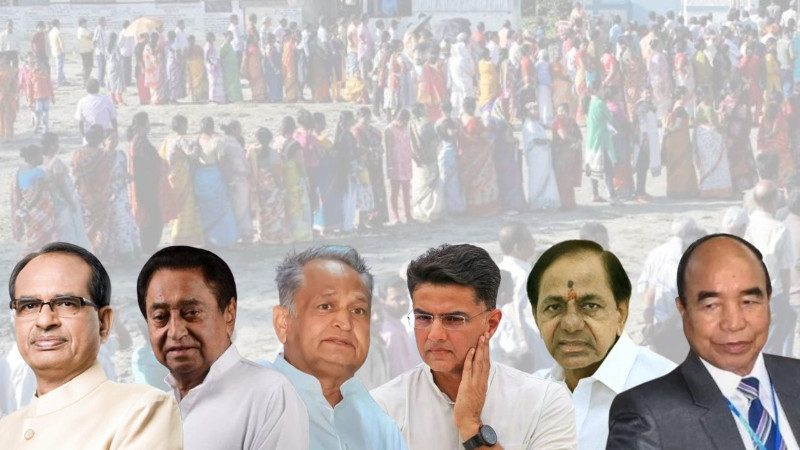

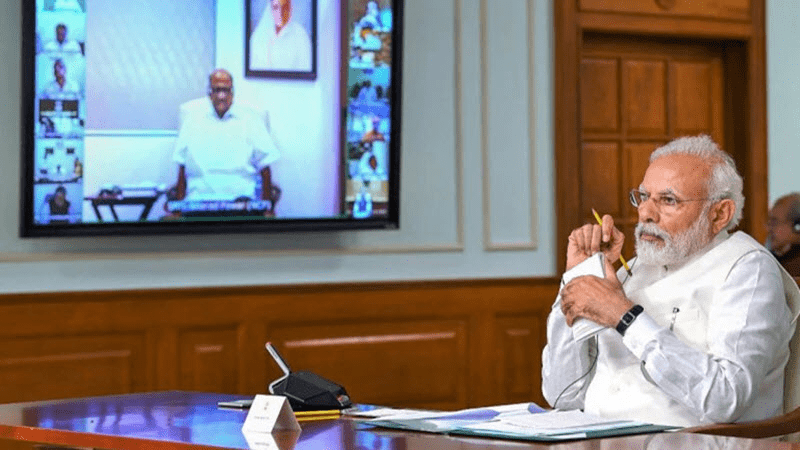
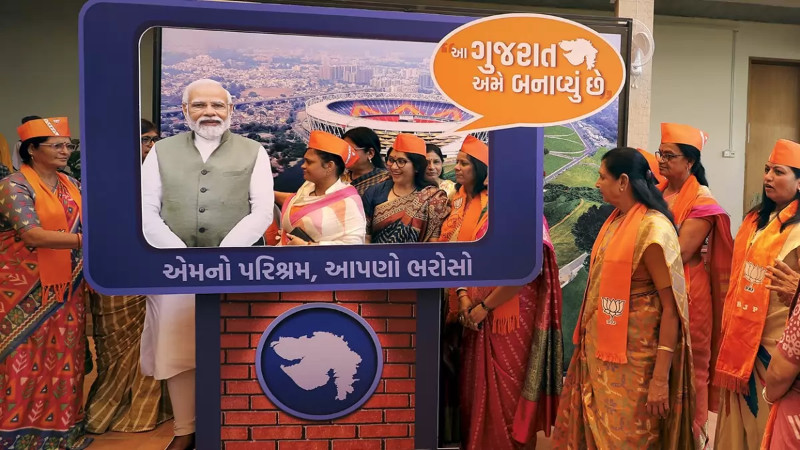
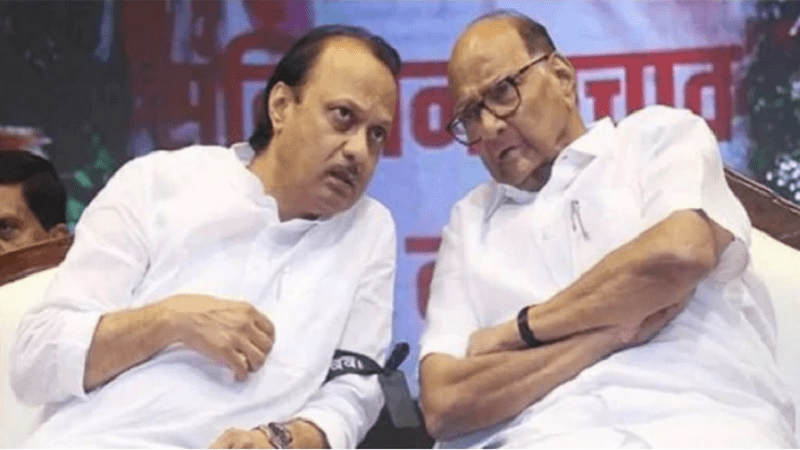
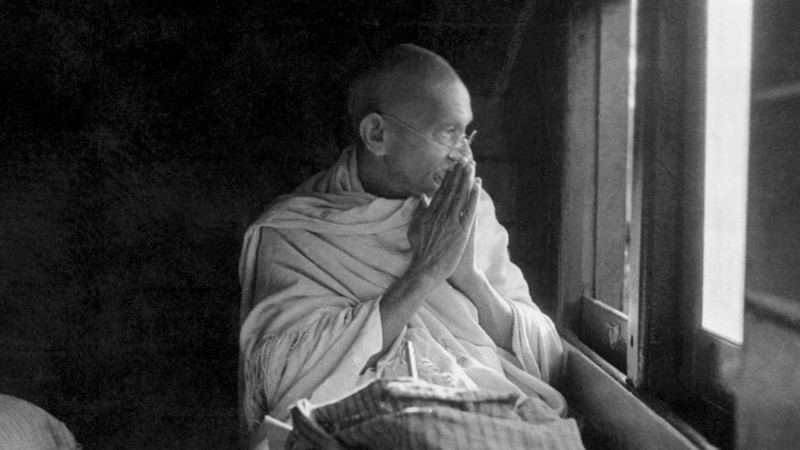
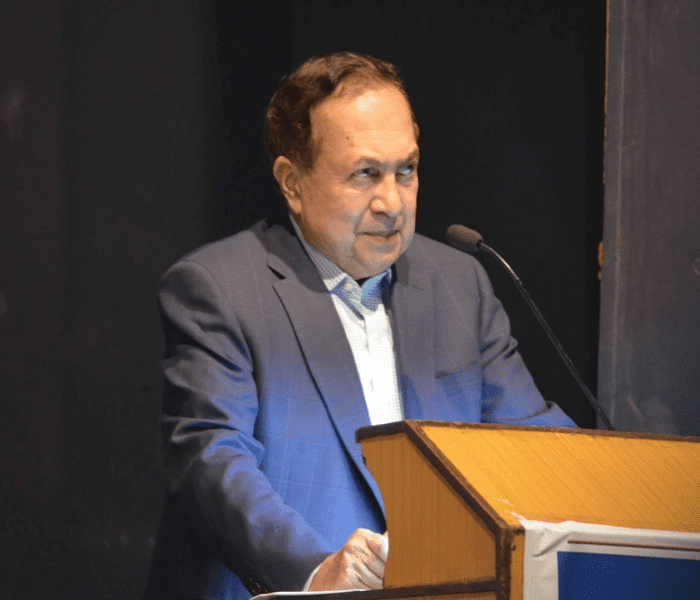
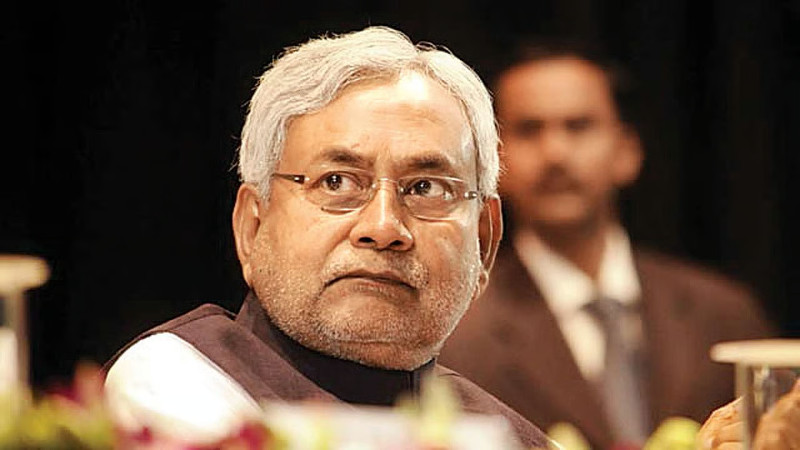


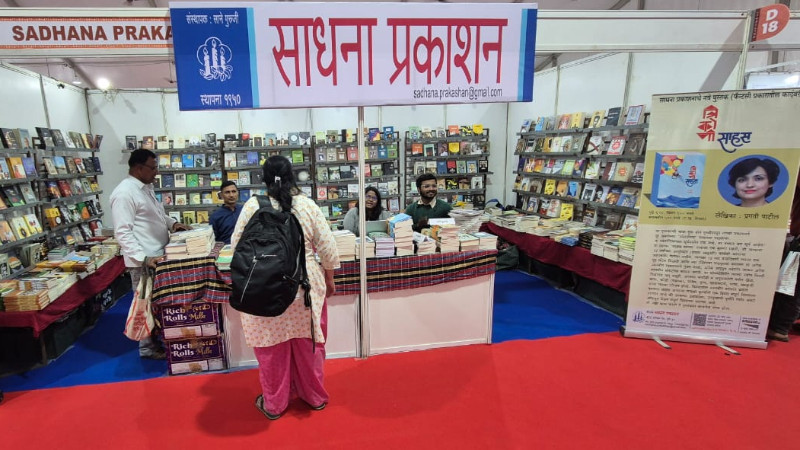
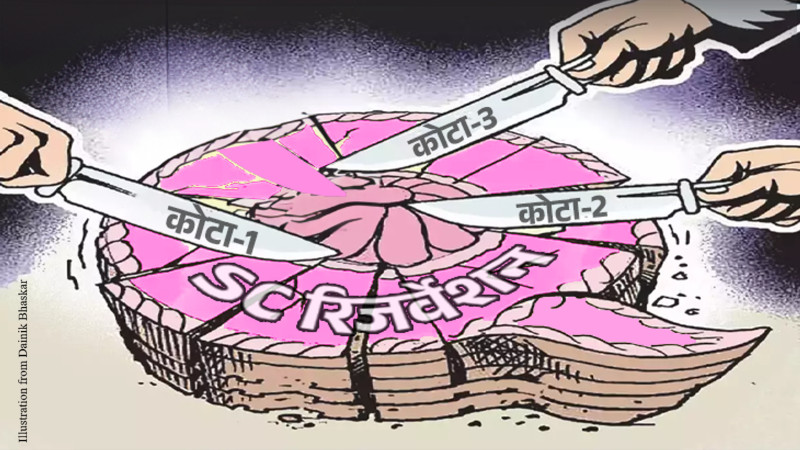
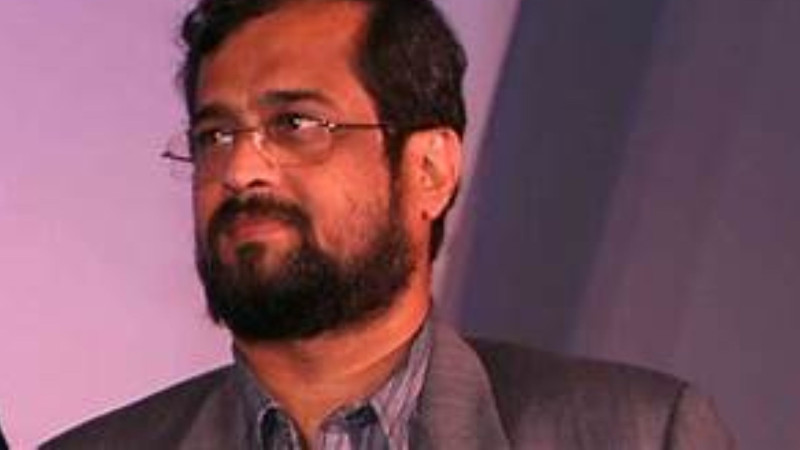

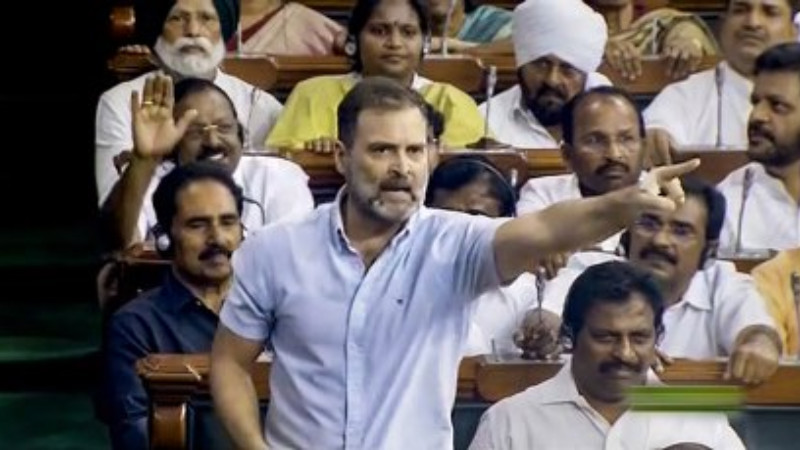

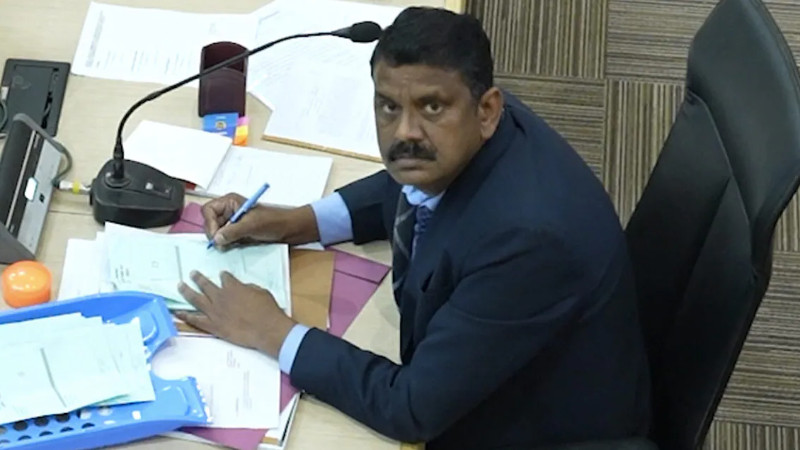
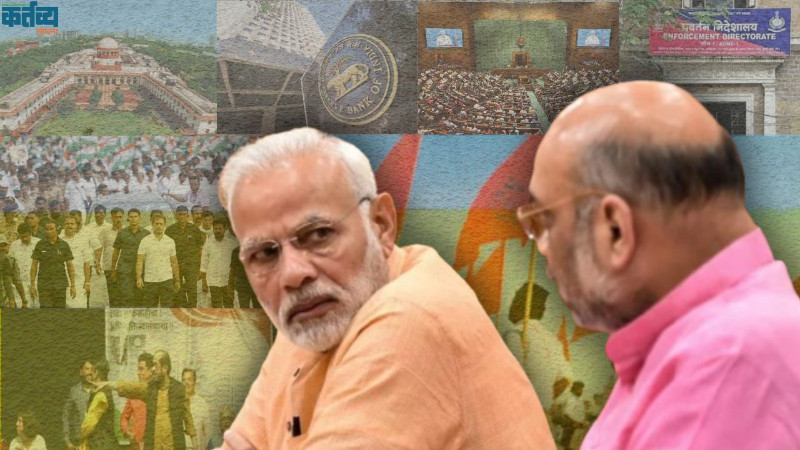
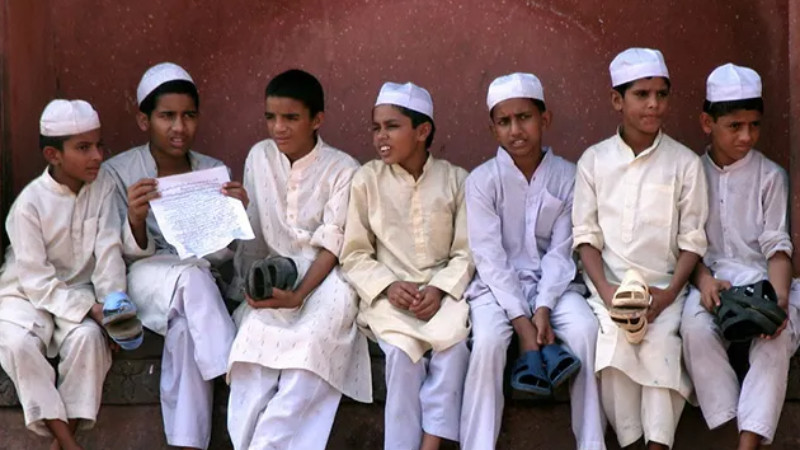
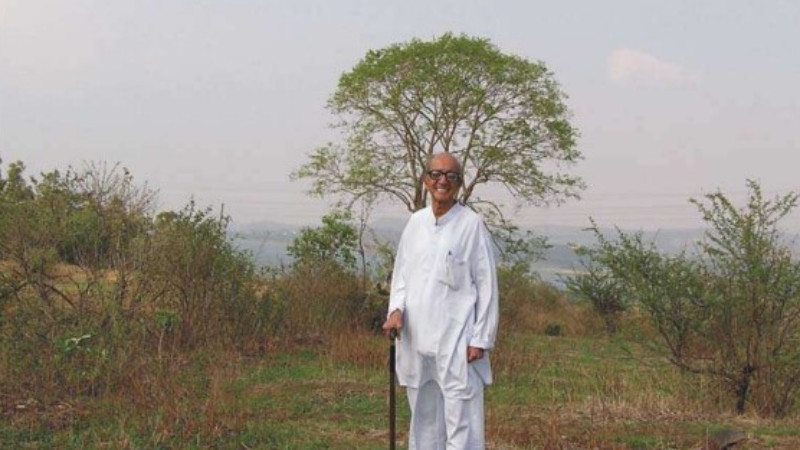
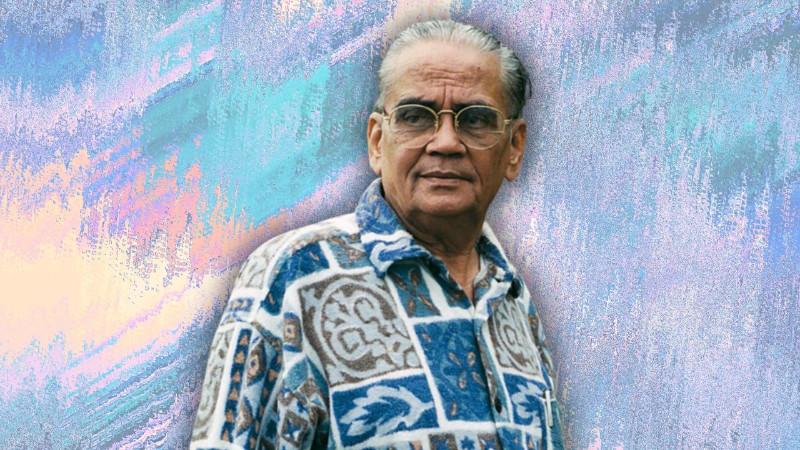

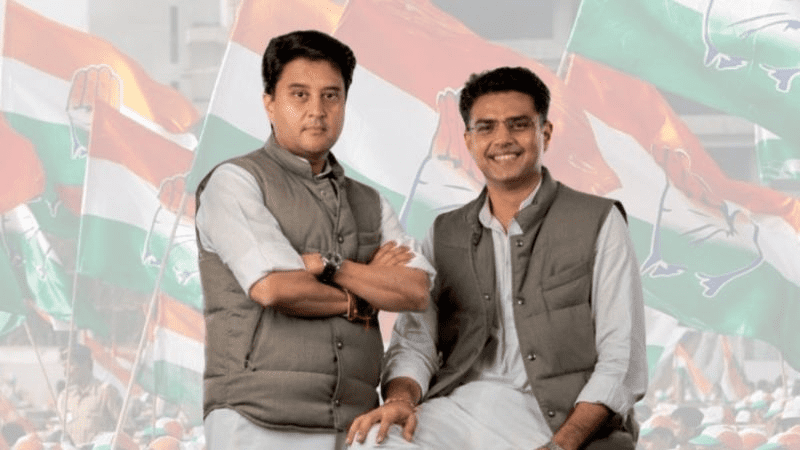
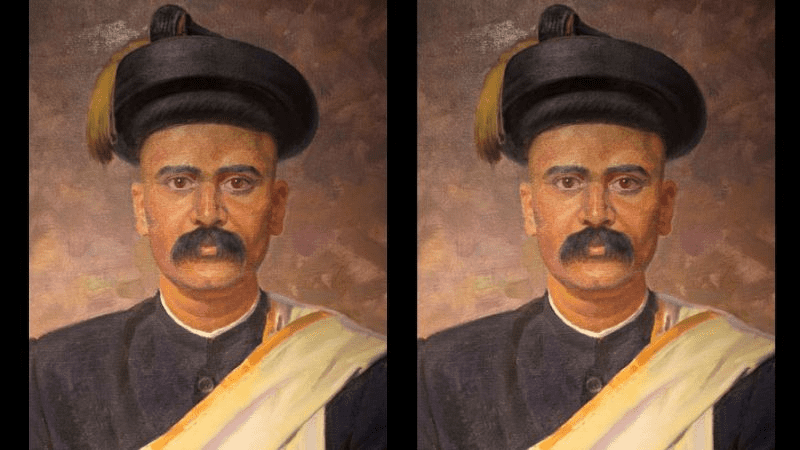

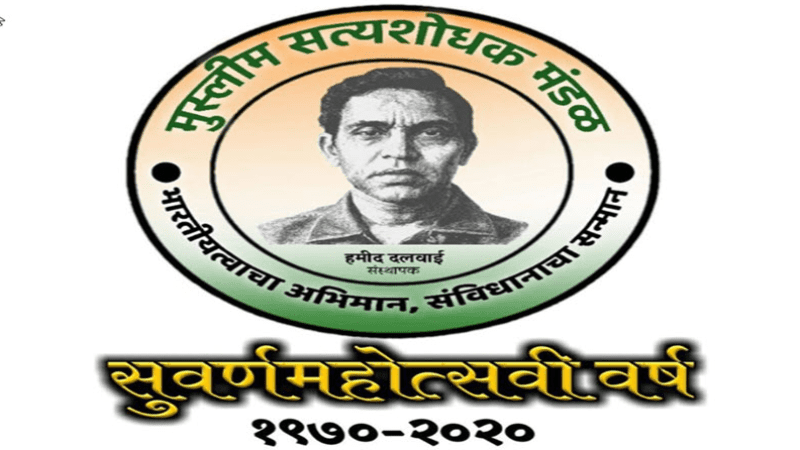
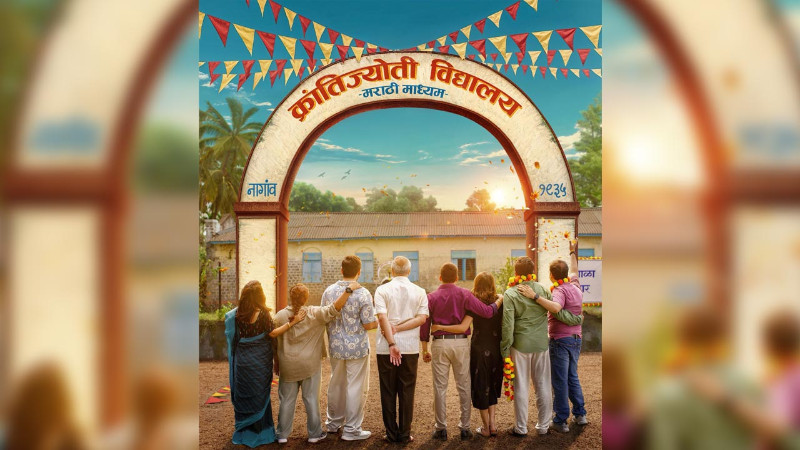
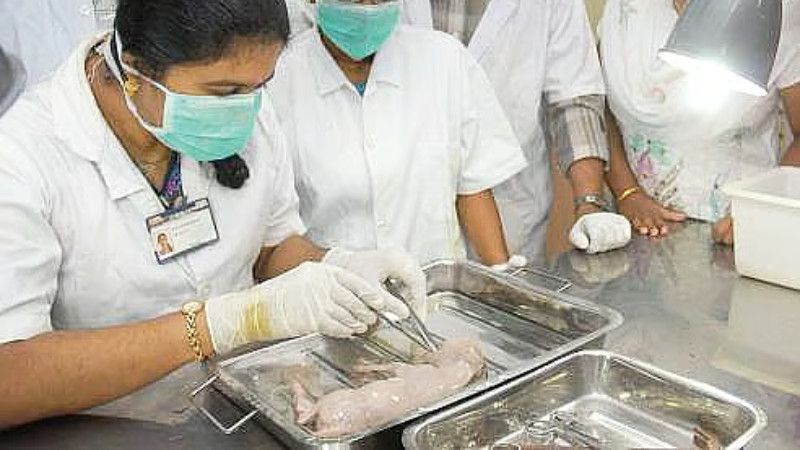
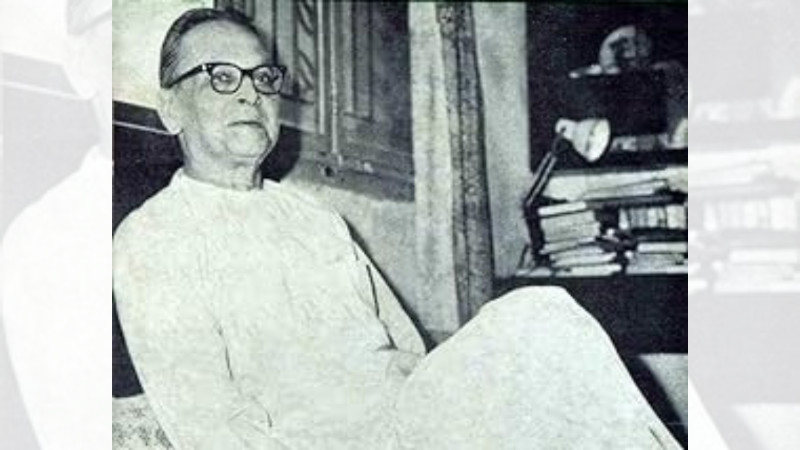
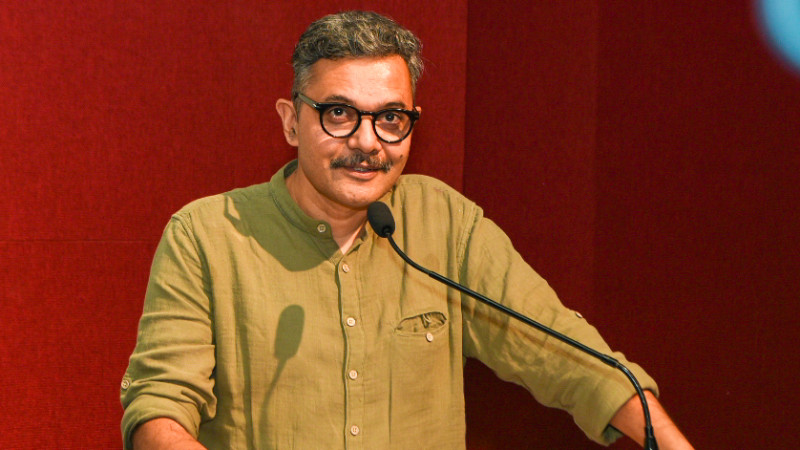
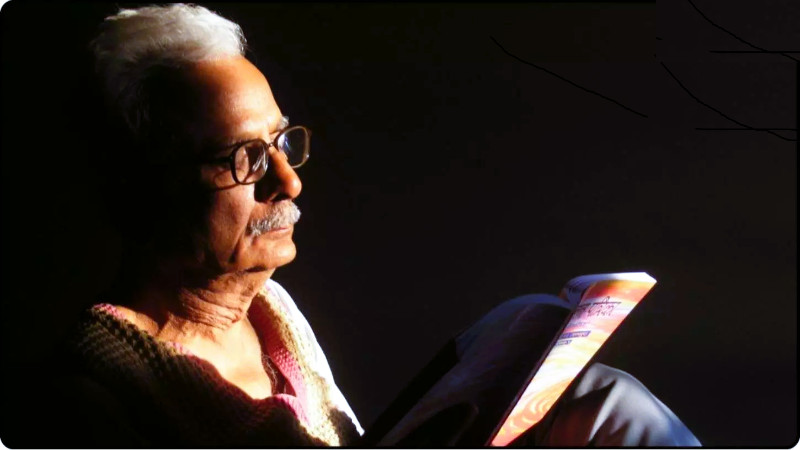
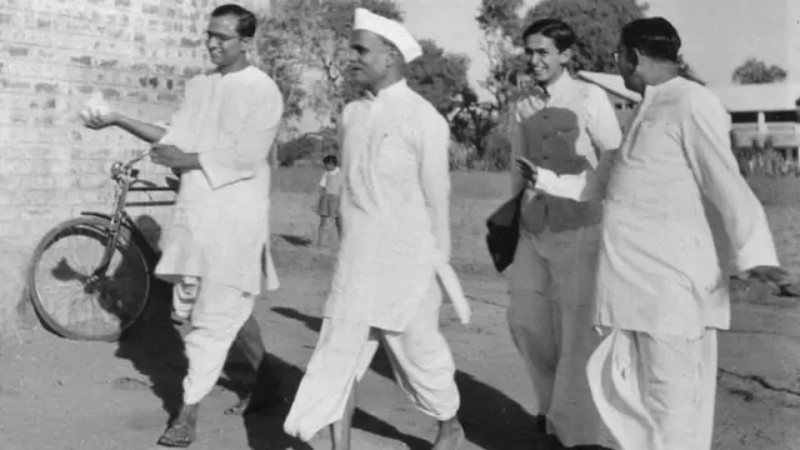
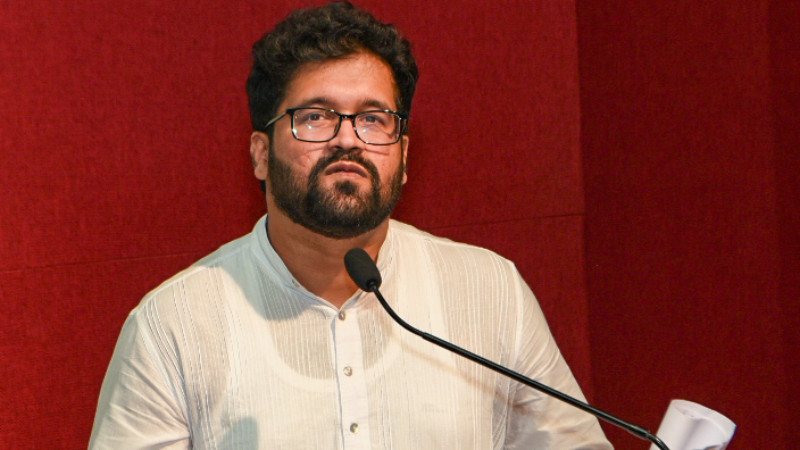
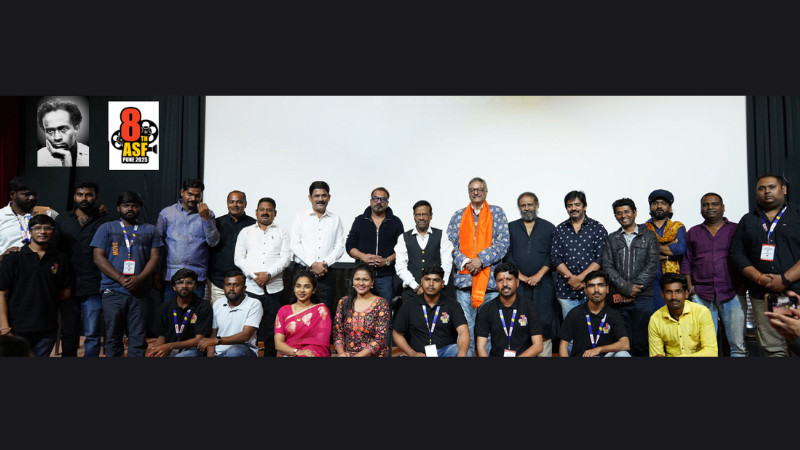















Add Comment